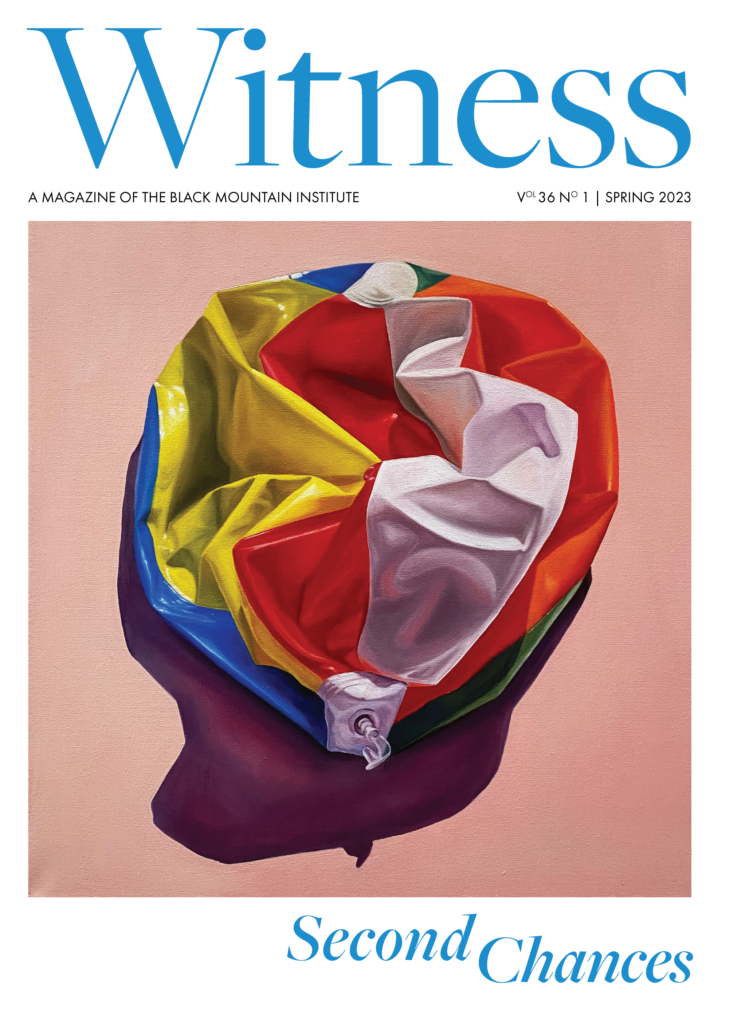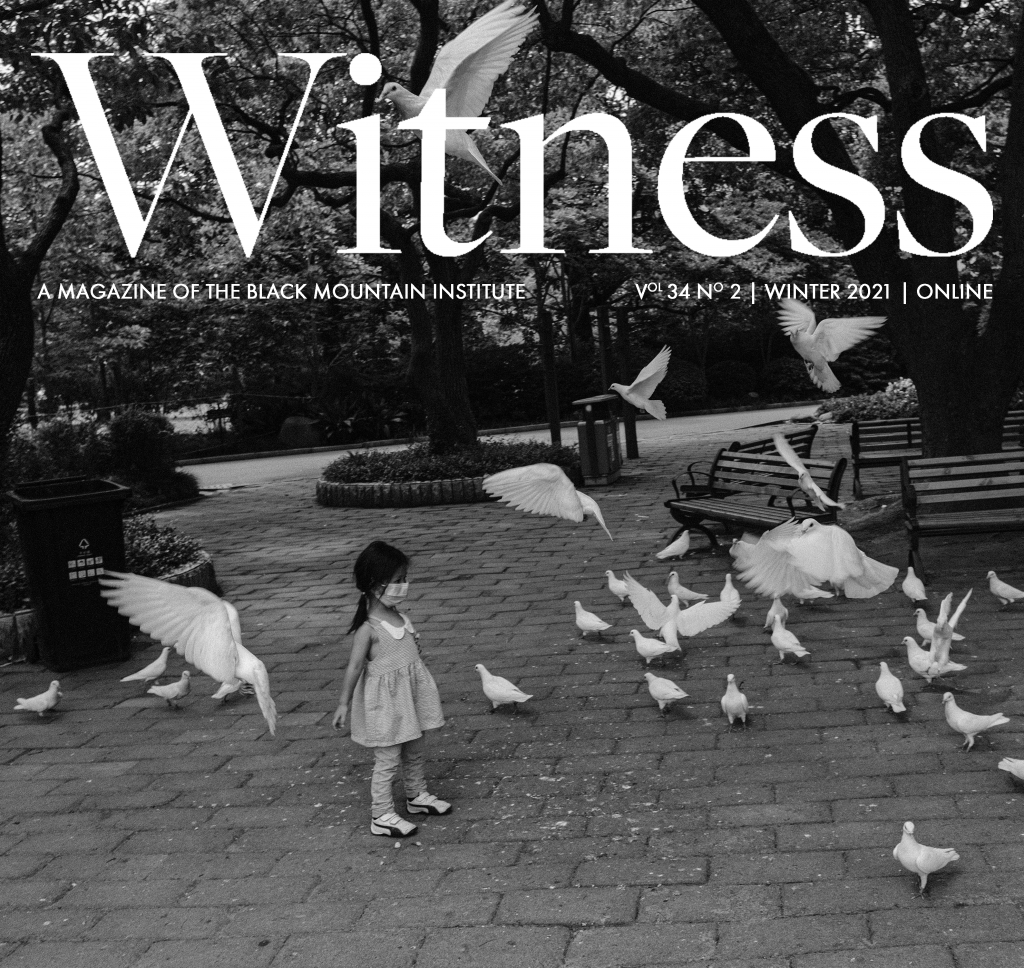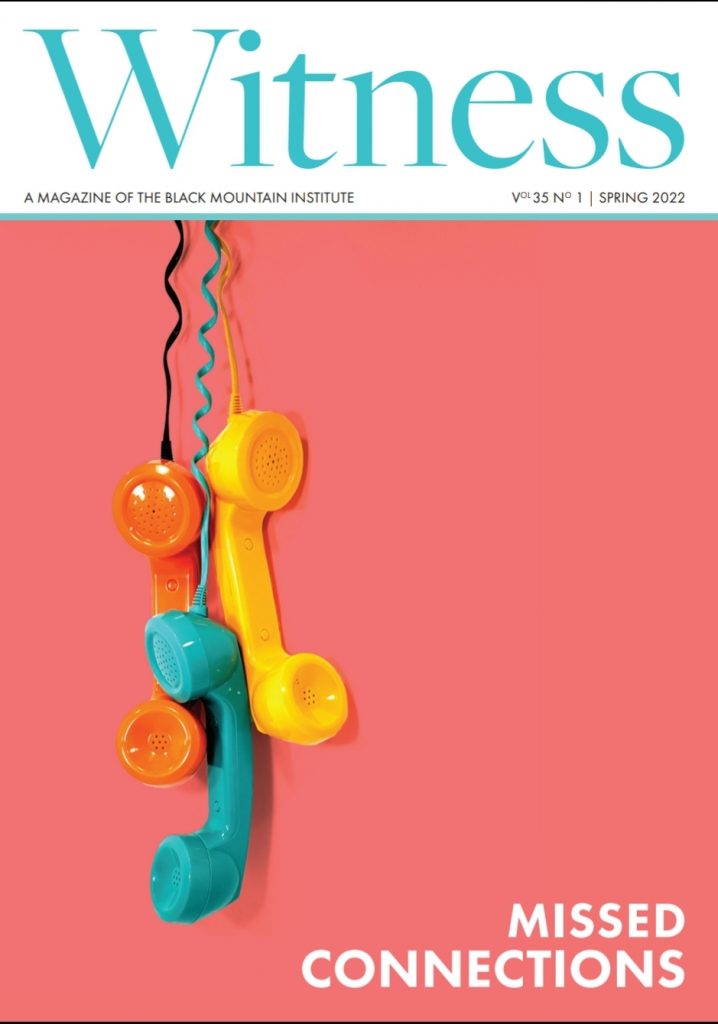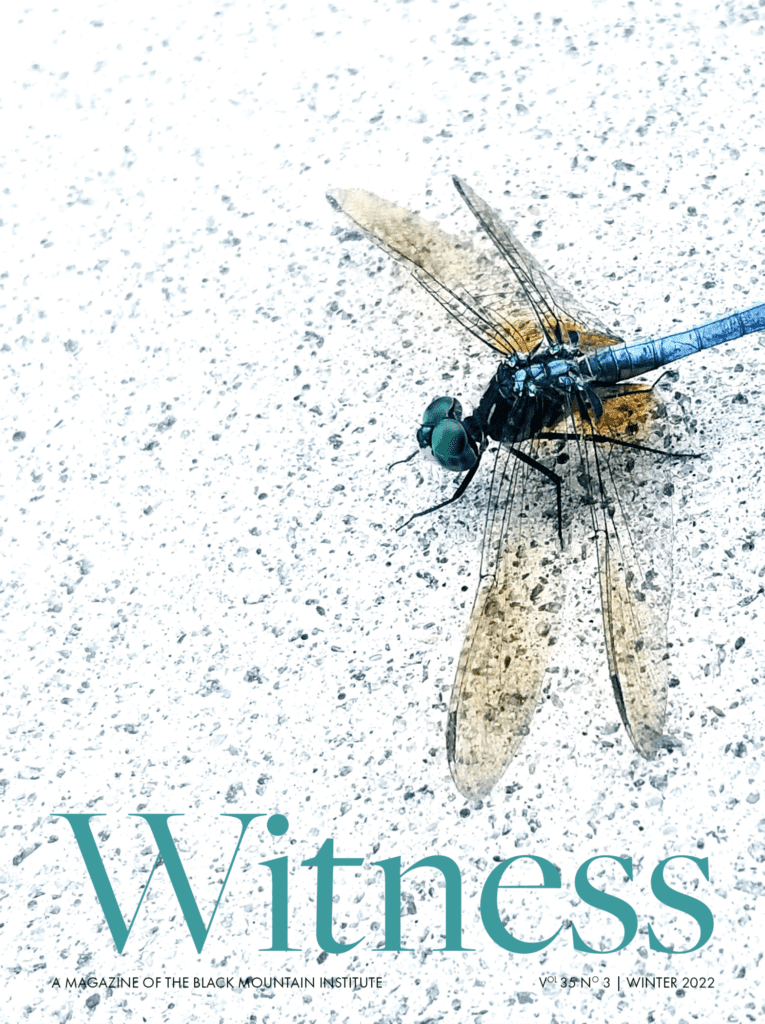(Page 3 of 7)
She lost her head again in 1998. It turned up. Restored.
On September 11, 2003, she was blasted right off her rocky roost and into the harbor water. (I wonder, did it feel nice in the water? Refreshing? Like home?)
Then witness Den lille havfrue in 2004. While the European Union was vetting Turkey’s bid for entry, she was outfitted in burqa and a sash reading “TYRKIET I EU?” Turkey in the EU?
International Women’s Day, March 8, 2006: splashed with green paint, “8 Marts” scrawled on her rocky dais, a dildo glued to her hand.
Doused with pink paint in March of 2007.
And sloshed two months later—the word “AV” (“OUCH”) left framed beside the statue.
That same month, May of 2007, Copenhagen woke up to discover the mermaid observing hijab.
The night after the night someone put her in the headscarf, she modeled a KKK robe.
Most recently, in June of 2008, she was bombed with white paint. The semblance was of having been messed on by seagulls—not friendlies like Ariel’s Scuttle, but mercenary birds.
And, what can I say, I majored in cultural anthropology. When I knock into this vandalism thing, my radar sings.
But that term, “vandalism,” is no good. It smothers the fish-slippery question cultural anthropologists are always trying to get at: WHY? If we do not “get why,” we probably don’t understand the perspective. The thing to do is plumb the depth, catch the drift. I paraphrase the late anthropologist Clifford Geertz : “To understand isn’t to forgive.”
Graffiti, for instance. Marginalized or disenfranchised groups, powerless to an extent by definition, find outlets like graffiti to remark on their predicaments. As such, graffitiing is a resource for the resourceless. It’s serious—a fugitive act of insubordination, a way to talk back to The Man, to social facts and forces that affect people personally.
Given the rough-sea life of Den lille havfrue, the Danish Ministry of Tourism calls her “a tough old lady.” And I wonder. I won’t say every incident of vandalism is profoundly tactical, only that maybe there’s more to it. It’s a messy endeavor, soliciting opinions from natives and comparing what they say against what you see from the outside. And then articulating your conclusions to the locals to see if you ‘got it’ or not.
Like an anthropologist, Den lille havfrue is an outsider looking in. She’s practically alien. Anthropologists would fillet themselves to be so etic. Anthropologists are fishes out of water, participant-observers, half-in/half-out, half-human/half-fish. They are like the foreigner Ariel committing a faux pas when she uses her dinner fork as a hair comb. Except that Den lille havfrue was remiss: the silly girl, she tried to become one of them. She “went native,” fully emic and not okay.
I look at myself—my leggings, tunic, and blazer ensemble, the way I’ve started to pin my hair. I notice the grocery clerk mistakes me for a Dansker, and how pleased I am. My mouth opens to say something in English—I’ll show myself for what I really am—but counting out the right amount of kroner, I just simper.
In 2005, Heidi’s second oldest son, Mikkel, made arrangements to study abroad in a Kansas high school. Heidi and I idled outside the American embassy while he waited inside to get his paperwork processed. Up and down the street, other embassies appeared approachable, their flags whipping happily from facades, balconies, and roofs. But the American embassy was fenced, the only one, with barbed wire no less, and guards frisked everything with their hands, wands, and what looked like a metal detector.
Heidi gasped. For fanden!
She’d forgot to give Mikkel his passport-size photographs. If he didn’t have everything, he’d need to make a new appointment, would miss the deadline. Heidi begged the guard to let her inside. She asked to have anyone take the photos in, but no. And then it occurred to me.
I flashed my passport, a navy American cover and not a burgundy Danish one, and, to the guard’s surprise, sailed right through.
Inside, Mikkel’s face scrunched up, “You? Why?” And I gestured around the ugly waiting room, “This is my country.”
—
Danes are proud to claim Andersen as one of their own. He’s a go-to reference in a pinch. More people know Andersen than Shakespeare. I am told that when Danes are abroad, they cite Hans and his brainchild, “The Little Mermaid.” She’s their girl. The most photographed girl in Denmark and, some people say, the world over.
But, in March 2010, they sent Den lille havfrue away.
There was a crowd swishing little Dannebrog, the Danish flag; speeches, Danish and Chinese authorities, a choir of Chinese schoolgirls in satin cheongsams, a crane. The Danish Ministry of Culture had decided to ship her to Shanghai to represent the country in the 2010 World Expo. Danes—socialist, ranked the happiest people in the world—cheekily named their exposition WELFAIRYTALES. The Danish pavilion showcased their model for sustainable urban living. It was a feat of architecture: a gleaming white double spiral; a lane for pedestrians; a lane to try out DK’s free city bicycles; educational tracts; a place to sit and enjoy smørrebrød, open-faced sandwiches; a spa-like pool that was blue-green in color, to swim in if you wanted; and her. For Den lille havfrue, it was the story of an ambassadorial landmark, what my Danish girlfriend, Signe, called “her long business trip.” The mermaid had her 97th birthday in Shanghai. There was a three-day bash, red roses in her lap, and girls who jumped into the pool like they always do in Denmark on her birthday. When all was said and done, the Danish pavilion took in 5.5 million visitors—the population of Denmark.
It wasn’t her first visit to the People’s Republic. Once upon a time, Disney’s Little Mermaid directors wanted the millions of tiny, underwater bubbles inked by hand, not Xeroxed. The only economical way to do it was to farm out the bubble work to a firm in Beijing. It meant the film’s production schedule was threatened when Chinese students took to Tiananmen Square in 1989. The cel artwork, actually, was just a few blocks away when the government tanks rolled in.







